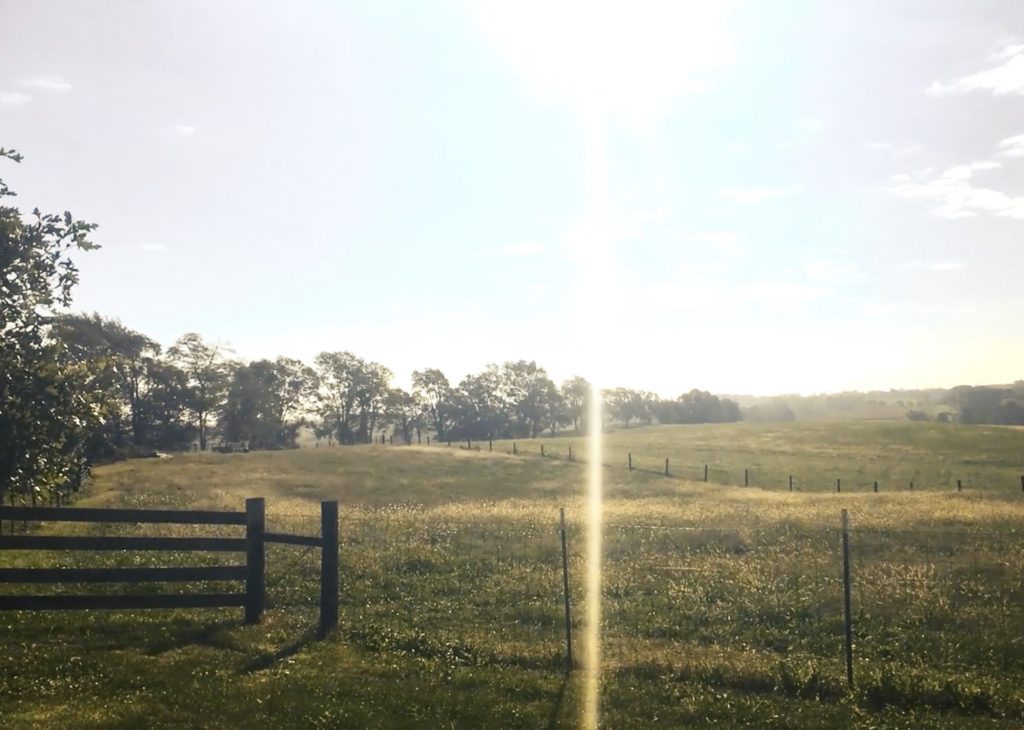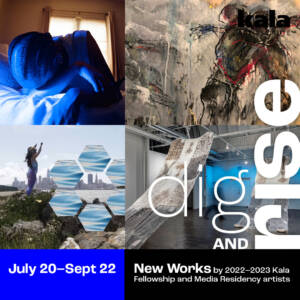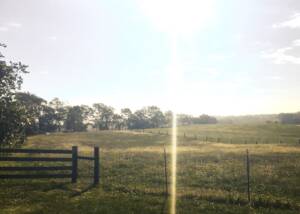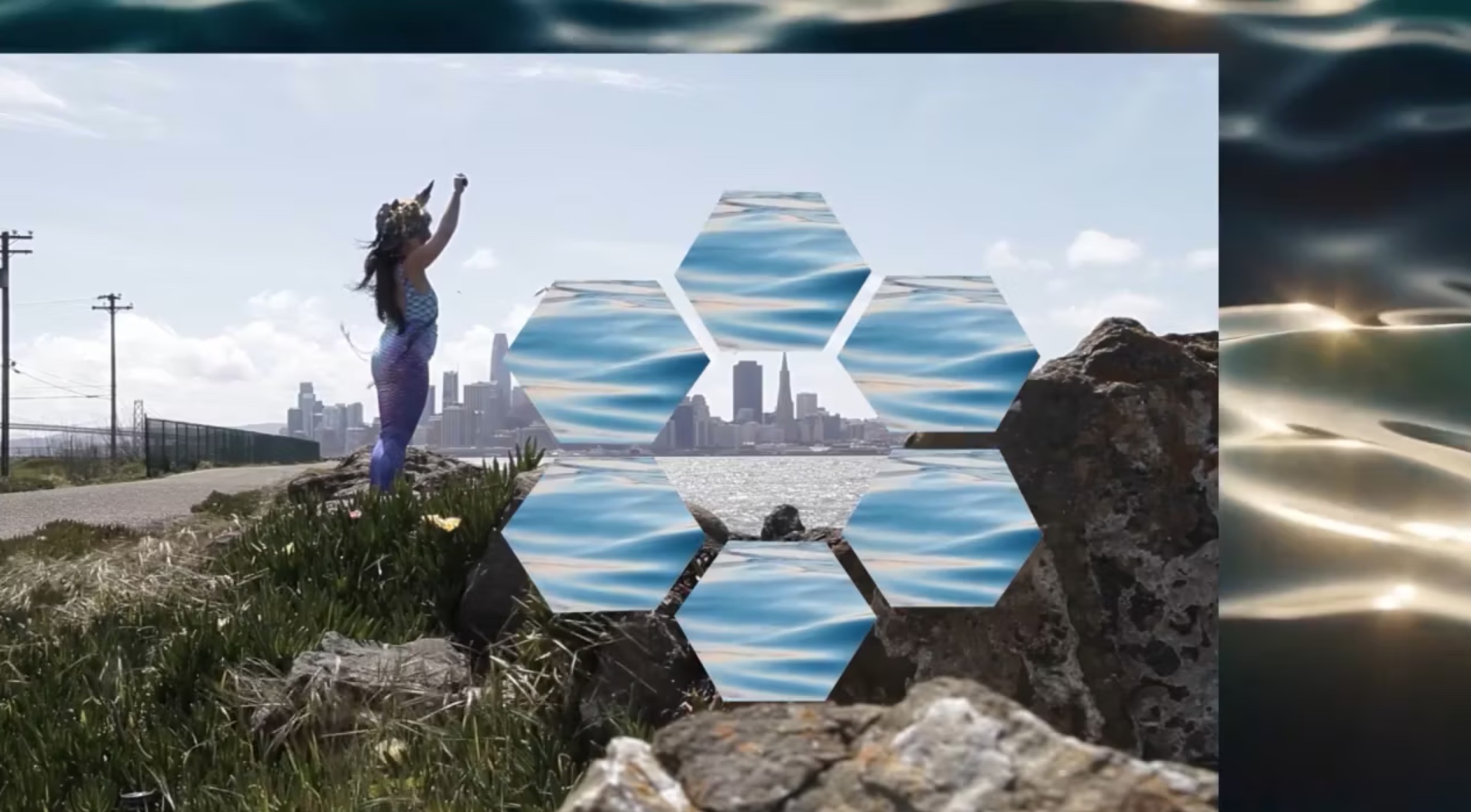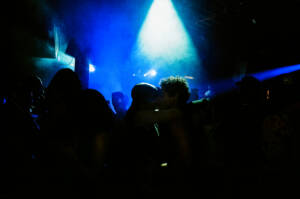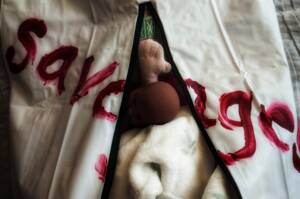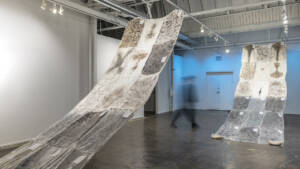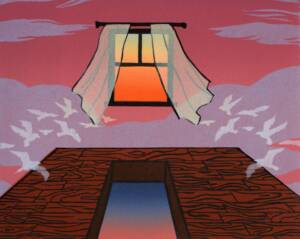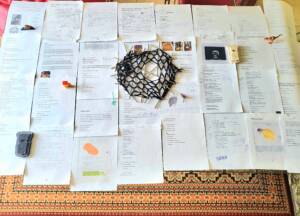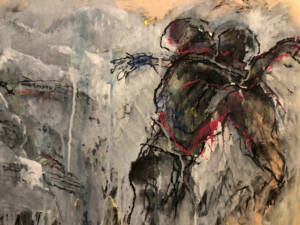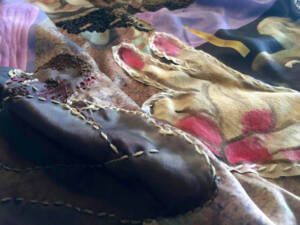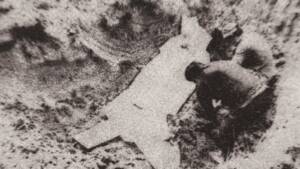Dig and Rise
- Opening Reception: Thursday, July 20, 6-8pm
Zoom/ Virtual Artist Talk + Q&A with Sungjae Lee & Sass Popoli: Saturday, Sept 9, noon-1 pm
In-person Artist Talk/Performance with Nasim Moghadam & Rosa Park + Q&A: Saturday, Sept 16, 2-3:30pm
In-person Artist Talk + Performance + Closing Reception: Thursday, Sept 21, 5:30-8 pm
with Lani Asunción, Meghana Bisineer, Paola de la Calle, and Trina Michelle Robinson
Kala Gallery is excited to present the exhibition Dig and Rise featuring new works by 2022-2023 Kala Fellowship and Media Arts Fellowship artists: Lani Asunción, Meghana Bisineer, Paola de la Calle, Rayelle Janell Gardner, Sungjae Lee, Jessica Doe (née Mehta, Tyner), Nasim Moghadam, Khadijah Morley, Rosa Park, Sass Popoli (2021-2022 Fellow), and Trina Michelle Robinson.
Dig and Rise celebrates diverse voices and research, with a focus on resilience and hope that each artist in the exhibition carries and amplifies through their projects. While thinking about the work and title of the exhibition, many powerful poets and musicians came to my mind. Still I Rise by Maya Angelou, A Center by Ha Jin and music by Miles Davis are just a few examples of work that empowers audiences through creativity, message, passion and resilience. Art – poetry, music, writing, visual art, moving images, and in many other formats – can create significant ripple effects calling attention to important issues and inviting audiences to take action.
Artists in Dig and Rise search for their deep roots – looking for core values in relation to their family lineage and cultural backgrounds. The projects are connected in a variety of ways. Many of the works in the exhibition bring up the systemic discriminations buried in our society, and call for changes and solidarity. Others search for a sense of belonging and freedom, exploring their unique identities, family histories, foreignness, and intimate connection and/or isolation felt in their communities. They also investigate the role of rituals and memories in healing, human connection to the land and environment, and ancestral wisdom and stories that hold meanings in families and communities. Together their projects enforce one another to raise powerful questions and empower us through imagination, hope, resilience, and empathy.
Lani Asunción is a Boston based interdisciplinary artist creating socially engaged art. Their work weaves together a visual language guided by historical research, community engagement, and experimental performance connected to their identity as a queer multiracial Filipinx-American. The work in this exhibition, Binakol Blessings: Song/Land/Sea is a multimedia installation that follows climate changes such as excessive rain created floods in the Bay Area in California and sea levels rising in the Seaport in Boston, Mass., as well as in Hawaii overseas in the Pacific. Their work explores how historical connections to militarization along with urban development have shifted the landscape in ways that have caused pollution and vulnerability to these quickly shifting environmental changes.
Meghana Bisineer is an Indian born artist, curator and educator. Her work in the exhibition Beautiful In-between is a multifaceted installation that explores foreignness, the sense of belonging, and ways of connection. Captivated by a gesture of machismo in Claire Denis’ 1999 film Beau Travail, Meg’s work turns the gesture over and into a multitude of others. The gestures recreated in animation are interspersed and overlaid with found footage, and they explore the space between bodies. Other video components in the installation expand these gestures into mudra’s from Bharatanatyam, a traditional south Indian dance Meg practiced as a child, that connects the dance and the dancer with the divine.
Paola de la Calle is a Colombian-American multidisciplinary artist whose work examines home, identity, borders, and nostalgia through the use of textiles, printmaking, and sculpture. Her work in the exhibition is an exploration of archives, evidence and memory, examining the socio-political relationship between the United States and Colombia. For her, objects are important portals into memories, personal and political histories. In her practice she pulls meaning from the mundane materials and elements. By using coffee and iron ink in her work, the images will begin to erode and be transformed overtime, reminding us how our memory and retelling works within us.
Rayelle Janell Gardner is an NYC based image maker. Rayelle’s experimental approach to image making produces colorfully obscured portraits – often collaborating with musicians and artists. Rayelle’s project in the exhibition is an examination of the ways queerness is negotiated in the midst of various forces. Her photographs revisit and illustrate moments of intimacy and desire. The images in this ongoing series stray from conventional documentary style photography and move toward obscurity and abstraction. With the use of saturated light and visible motion Rayelle attempts to dodge the distinguishing grasp of the lens and draw the viewers to moments of tender confrontation.
Sungjae Lee is a Seoul-born, Chicago-based artist who works in performance, installation, text, and video. Throughout his time in the US, his practice has centered on the need for visibility and representation of queer Asians in a Western context. For the exhibition Sungiae created a site specific installation with monumental drapes with head hair samples he collected as a self-taught hairdresser. This project comments on the hidden labor by Asian immigrants in the service industry in the US. The act of haircutting is intimate and personal, but it is also politically charged. Reflecting on interactions with clients, Sungiae preserved hair samples in a plastic sheet commonly used at dry cleaners, and added a note about related memories and each encounter. These plastic panels are weaved and displayed according to the customer’s race.
Jessica Doe (née Mehta, Tyner), PhD is a multi/inter/anti-disciplinary Aniyunwiya artist and poet. Her installation Deep Seeded highlights the ties between “Indian Boarding Schools,” and the disparate number of Indigenous children in foster care today. Her project also brings our attention to important discussions around the Indian Child and Welfare Act (ICWA). Reflecting her family history and background, Jessica’s work investigates buried history and current conditions that still affect many of indigenous families and children today. “Many more Native foster children age out of the system than any other demographic per capita, and they are at extremely disproportionate higher risks of homelessness, incarceration, drug and alcohol abuse, lack of access to continuing education, and poverty… However, buried and planted within this suspended installation is hope, growth, and resilience: They tried to bury us—they didn’t know we were seeds.”
Nasim Moghadam is an Iranian born art educator and a multidisciplinary visual artist. Her installations focus on discrimination and hyphenated identity, and the constraints on women, their bodies, and their voices. Her sculpture installation Noose represents the challenges faced by women, their strength, and defiance. Through the use of hair, fabric, and video, it prompts reflection on societal norms that restrict women. The sculpture magnifies the symbol of the noose to draw attention to the urgency of the situation. It celebrates resilience and determination, symbolized by Iranian female hair, while acknowledging grief and loss through black fabric. The artwork invites reflection on sacrifices made in the pursuit of freedom, and stands as a symbol of solidarity and a call for change. Ultimately, it aims to inspire empathy and foster a more equitable society.
Khadijah Morley is a Toronto based artist and educator with a BFA in Drawing and Painting and minor in Printmaking from OCAD University. Khadijah’s work is autobiographical, informed by her lived experience as a Black woman in Canada born of Jamaican immigrants. She creates work from a Black-feminist framework; prioritizing subjectivity as a counter-narrative. Through the process of etching and relief printing, she depicts Afro-surrealist themes where dreams, magic, and reality converge as well as themes of resilience, environmentalism, destruction, rebirth and hope. Her work was featured on CBA Arts, Canada.
Rosa Park is a multi-disciplinary artist and educator based in SF. Her work A Body I Touched: New Sonic Look on the Graveyards is a hybrid multimedia installation that combines the soundscape of traditional gravesites with moving images, photography, aural sculpture, and live performance. The representation of spirituality, healing force of rituals, and ancestral wisdom and stories have been the central themes of her practice. Rosa documented a traditional gravesite of her family and its exhumation ritual ceremony in her hometown in South Korea. She collected the audio, photographs, videos, and archival materials from the graveyard and turned them into a form of an abstract sonic landscape of the gravesite using geophone-based microseismic technology for the soundscape design and also experimented with the Photopolymer Gravure printing techniques.
Sass Popoli is a multidisciplinary artist living in the UK and Iran. Sass’s creative practice positions around worldbuilding with others. Exploring the field between nonfiction and fiction, their work investigates themes of displacement and belonging. For the exhibition, Sass presents a chapbook with an animation combining the poems written by Sass, and the letters and drawings that their mother and grandmother sent to them. For the poems and other writings both in the book and animation, Sass created letters and glyphs from their memory and also from the photos of wall writings collected during the Jina revolution. Together, the chapbook and the animation are familial inventions in Azari, Farsi, and English, representing Sass’s home where they feel safe and a sense of belonging.
Trina Michelle Robinson explores the relationship between memory and migration through installation, film, print media and archival materials. Her work has been shown at many galleries and museums, and film festivals throughout the country. Trina’s installation Go West spotlights the unique feeling of the Western migration to California by some of her ancestors beginning around 1906 following a move to Chicago from Kentucky in 1866. Combining the archival footage and text, alongside scenes of the 2023 superbloom in California following months of severe rainstorms, Trina’s work captures the upheaval and beauty of her family’s migration, while at the same time recognizing that there is still an indescribable feeling that total freedom has still not been realized.
Kala Fellowships and Media Arts Residencies are awarded annually to a group of innovative artists working in printmaking, photography, painting/drawing, installation, video, sound, performance, and mixed media. This cohort of artists was selected by Kala’s Artistic Director Mayumi Hamanaka, Media Fellowship alumni Alexa Burrell and Gilbert Guerrer, Co-Director, Shapeshifters Cinema (for Media Fellows), and Fellowship alumni artist Natani Notah and invited Bay Area arts professional, Kim Acebo Arteche, Co-Director at Berkeley Art Center.

